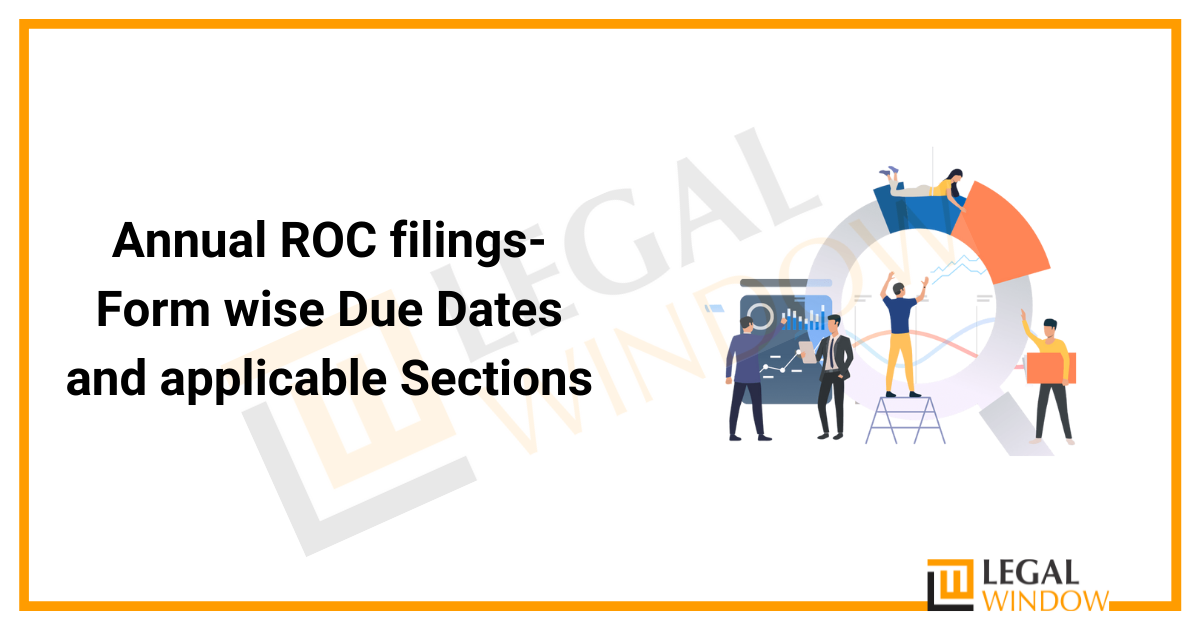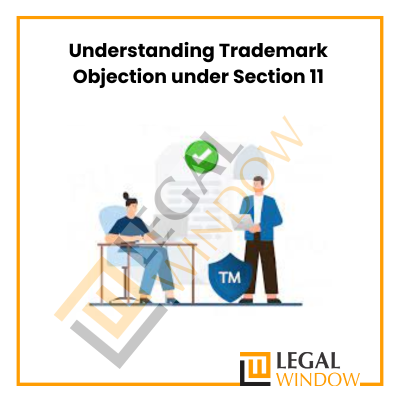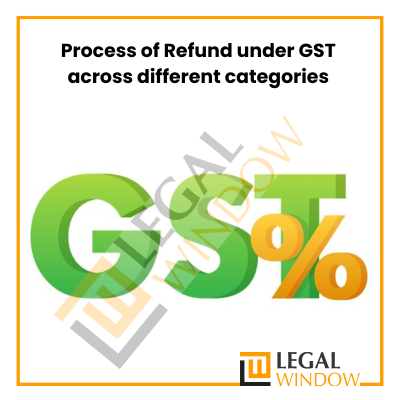Annual ROC filings- Form wise Due Dates and applicable Sections
- April 12, 2022
- Compliance

It is necessary for all companies to furnish their annual accounts and file their annual returns as per the Companies Act, 2013. However, all the structured businesses i.e. Private Limited Company , Limited Liability Partnership etc are required to fill out certain forms annually or upon the occurrence of a specific event. However, in this blog we will cover in detail the Annual ROC filings – Form wise Due Dates and Applicable Sections.
| Table of content: |
What is the full form of ROC and its meaning?
The Registrar of Companies is abbreviated as ROC. It is an administrative office that handles the operations and documentation of various companies that are acceptable under India’s Companies Act, 2013. The legitimate authority is in charge of yearly compliance for Private limited companies.
The liability of the ROC is to make sure that the enterprises are legally eligible and that the documented data pertaining to annual returns as well as other accounting books is accurate when they enrol.
What is ROC Filing for a Private Limited Company?
Each company is put on record in India, including private limited companies, and must submit a return of goods annually. A decent general conference is put forward to the ROC, and annual financial statements are implemented and annual financial statements are required.
AGM must be held within six months from the end of the fiscal year i.e. September 30 of every year. In the case of a new company, the first AGM should be held within 9 months from the end of the financial year, depending on the date of incorporation. However, your fiscal year is required to end on April 1st to March 31st.
The Annual Report contains information on the company’s balance sheet, income statement, certificate of conformity, registered office address, membership registration, stock and bond details, debt details, and information about the company’s operations etc. The financial statements also disclose details of the company’s shareholder composition, changes in the status of directors, and the transfer of securities.
The Advantages of Annual ROC compliance
Benefits of Annual ROC filings are:
- If your company is not in compliance, investors will not approach you or invest in your company.
- Correct ROC annual compliance assists you in mitigating penalties imposed by MCA or other authorities.
- It helps to build a strong impression in the minds of customers that you are meeting all of the government’s requirements.
- Further, bringing a case on behalf of your company aids in the development of trust in government authorities.
- Furthermore, compliance requirements for private limited companies aid your organization’s operations by relieving the burden of unjustified penalties or late fees.
Form wise distribution of Annual ROC filings with due dates
AOC4 / AOC-4 CFS / AOC-4 CFS XBRL / AOC-4 XBR L/ AOC-NBFC / AOCF -4 CFS NBFC
- Forms for financial statements and other documents related
- However, forms must be filled out within 30 days from the date of the Annual General Meeting.
- Further, Section 137(1) of the Companies Act, 2013 makes it applicable to all types of companies.
MGT-7/MGT-7A
- Forms for filing annual returns.
- Due date for filling out the form is within 60 days from the date of the 60 days of Annual General meeting. However, it is applicable to all types of companies.
- Furthermore, Section 92(1) of the Companies Act,2013 governs it.
MGT-14
- Forms for approval of Annual Accounts, Directors Report and Audit Report.
- Due date of filling out the form is within 30 days from the board meeting in which all the accounts are endorsed. However, it is applicable to all private companies.
- It is governed by Section 179(3) (g) of the Companies Act, 2013.
DIR-3 KYC
- Forms for KYC of Directors.
- Due date of filing out the form is 30th September. However, it is applicable to all the directors of the company.
- Further, Rule 12A (Directors KYC) vide the ‘Companies (Appointment and Qualification of Directors) Fourth Amendment Rules, 2018 govern it.
DPT-3
- Outstanding loans are not part of deposits.
- Due date of filling the form is 90 days from the end of the financial year. However, it is applicable to all the companies except Banking Companies, Non-Banking Financial Companies (NBFCs) registered with RBI. Housing Finance Company (HFCs) registered with the National Housing Bank, Government Company (in case of Exempted Deposit)
- Further, Section 73 read with Rule 16 of the Companies (Acceptance of Deposits) Rules, 2014 governs it.
MBP-1 (Not an E-Form)
- Form for Disclosure of Interest in a Company of Directors by Directors.
- The date of filling out the form is the First Board Meeting (BM) Of the Year or the First BM after any change in interest of directors. However, it is applicable to Directors of all companies.
- Further, Section 184(1) of the Companies Act, 2013 governs it.
CRA-4
- Forms for filing of Cost Audit Reports.
- Due date of filling the form is within 30 days of the Receipt of The Copy or Cost audit report. However, applicable to the companies that go through a cost audit.
- Furthermore, Section 148 of the Companies Act, 2013 governs it.
MGT-8
- Form for Compliance Certificate by A PCS. However, these are attached to MGT-7.
- It is applicable to private companies having paid up capital of Rs.10 crore or more or Turnover of Rs 50 crore or more.
- Furthermore, it is administered under Section 92(2) of the Companies Act, 2013.
MR-3
- Forms for secretarial audit. However, it is attached to AOC-4 and the signing date should be before finalizing the Board Report.
- It is applicable to Public companies having Paid-up capital of Rs.50 crore or more and a Turnover of Rs.250 crore or more.
- Furthermore, Section 204(1) of the Companies Act, 2013 governs it.
PAS-6 (Twice In A Year)
- Forms for Reconciliation of Share Capital Audit Report’ Form.
- Due date for filling out the form is within 60 days from the conclusion of the half- year.
- However, it is applicable under Section 29 of the Companies Act, 2013 read with Rule 9A of the Companies (Prospectus and Allotment of Securities) Rules, 2014
MSC-3
- Forms for return of a Dormant Company
- Due dates for forms are within 30 days of the conclusion of the year. However, it is applicable only to Dormant Companies and Section 455(5) of the Companies Act, 2013.
NDH-3(Twice in a year)
- Forms for filing Semi-Annual Return.
- Due dates for forms are within 30 days from the end of the half-year. However, it is applicable to Nidhi Companies and Pursuant to Rule 21 of Nidhi Rules, 2014.
Conclusion
ROC compliance is one of the necessary requirements that every company must follow. However, this will help your company to attract the attention of various investors to invest in your company and even mitigate the penalties. Further, it will help a company to organize the work and achieve efficient productivity.
Furthermore, if you are looking for efficient services in the filing of your ROC annual return, contact our experts.
LegalWindow.in is a professional technology driven platform of multidisciplined experts like CA/CS/Lawyers spanning with an aim to provide concrete solution to individuals, start-ups and other business organisation by maximising their growth at an affordable cost. Our team offers expertise solutions in various fields that include Corporate Laws, Direct Taxations, GST Matters, IP Registrations and other Legal Affairs.
Categories
- Agreement Drafting (23)
- Annual Compliance (11)
- Change in Business (36)
- Company Law (147)
- Compliance (88)
- Digital Banking (3)
- Drug License (3)
- FEMA (17)
- Finance Company (42)
- Foreign Taxation (6)
- FSSAI License/Registration (14)
- GST (116)
- Hallmark Registration (1)
- Income Tax (199)
- Latest News (34)
- Miscellaneous (164)
- NBFC Registration (8)
- NGO (14)
- SEBI Registration (6)
- Section 8 Company (7)
- Start and manage a business (20)
- Startup/ Registration (126)
- Trademark Registration/IPR (40)
Recent Posts
About us
LegalWindow.in is a professional technology driven platform of multidisciplined experts like CA/CS/Lawyers spanning with an aim to provide concrete solution to individuals, start-ups and other business organisation by maximising their growth at an affordable cost.








